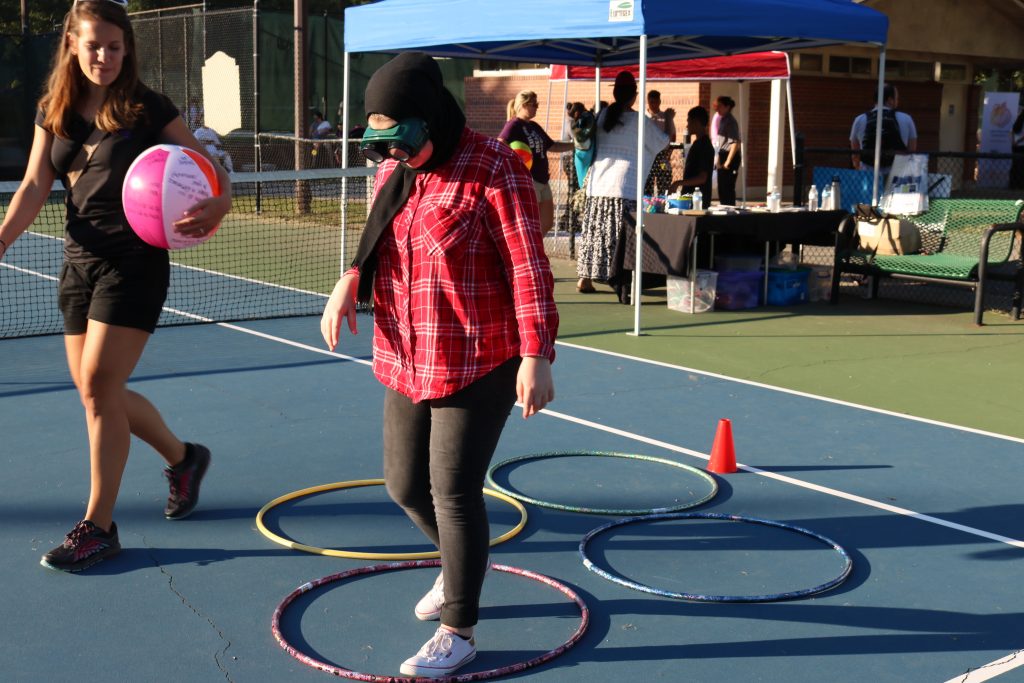National Night Out, Public Safety Nights, festivals and even school events are great places to conduct a prevention obstacle course and share the importance of being drug free!
A prevention obstacle course is your typical obstacle course (challenging tasks or hurdles to complete) modified to demonstrate different scenarios of risk related to alcohol and other drug use. A prevention obstacle course also explains preventative measures that can be taken to avoid risky behaviors and their negative consequences.

In order for this to be a prevention obstacle course, there has to be a purpose beyond just accomplishing the tasks and having fun. Your signage, volunteers and print materials should support your purpose by sharing information about how alcohol impairs vision, delays reaction time or distorts balance.
Once you know you want to host a prevention obstacle course, here are some tips to help your prevention obstacle course be a success!
What You Need to Know Before You Start:
Secure a Location:
- Research local events to attend. These events could include festivals, school events and health fairs specific to your local community. Don’t be afraid to reach out for an invite and explain your purpose for conducting a prevention obstacle course.
- Mark Your Calendar and Secure Volunteers. Once you know which events you will conduct for the prevention obstacle course, make sure to mark it on your calendar and recruit volunteers. If it is a day-long event, you can assign volunteers in time slots.
Gather Materials: By now, events should be chosen, calendars should be marked and volunteers secured, but there is still much to be done. You still need to gather materials that will be used on or in the course. If you do not have materials, look to invest in materials or collaborate with someone who does. Make sure to inspect all materials prior to conducting the obstacle course; this may help to prevent injuries.
Example Materials List:
- Hula Hoops
- Cones
- Jump Rope
- Fatal Vision Goggles (also known as DUI Goggles; GUIDE uses these)
- Any research articles or documents that support your purpose (brochures, cards or other information about reducing risky behaviors)
- Prizes (if you chose to hand out participation prizes)

Conducting the Prevention Obstacle Course:
Encourage Participation: When ready to conduct the obstacle course, encourage those at the event or festival to participate. The course should not be strenuous; all ages should be able to participate. Create a big sign, and utilize volunteers to invite passersby to engage.
Maintain Course Safety: Make sure to explain each step of the obstacle course before the participant begins—they should be comfortable during all phases of the course. Give clear directions while conducting the obstacle course. This helps participants stay focused and feel safe, and it helps to prevent injury.
*Prior to having people participate in the obstacle course, make sure the challenges aren’t dangerous.
Debrief: Participants should understand why they are participating – to examine the impact alcohol may have on their abilities. When they finish, make sure to thank them for participating, answer any questions and share materials with them about the effects of alcohol and other substances, including the dangers of impaired driving.
By implementing this obstacle course, know that you are making a difference in your community. Have fun and let us know how it goes! For more information on how to conduct a prevention obstacle course, contact michael@guideinc.org.
